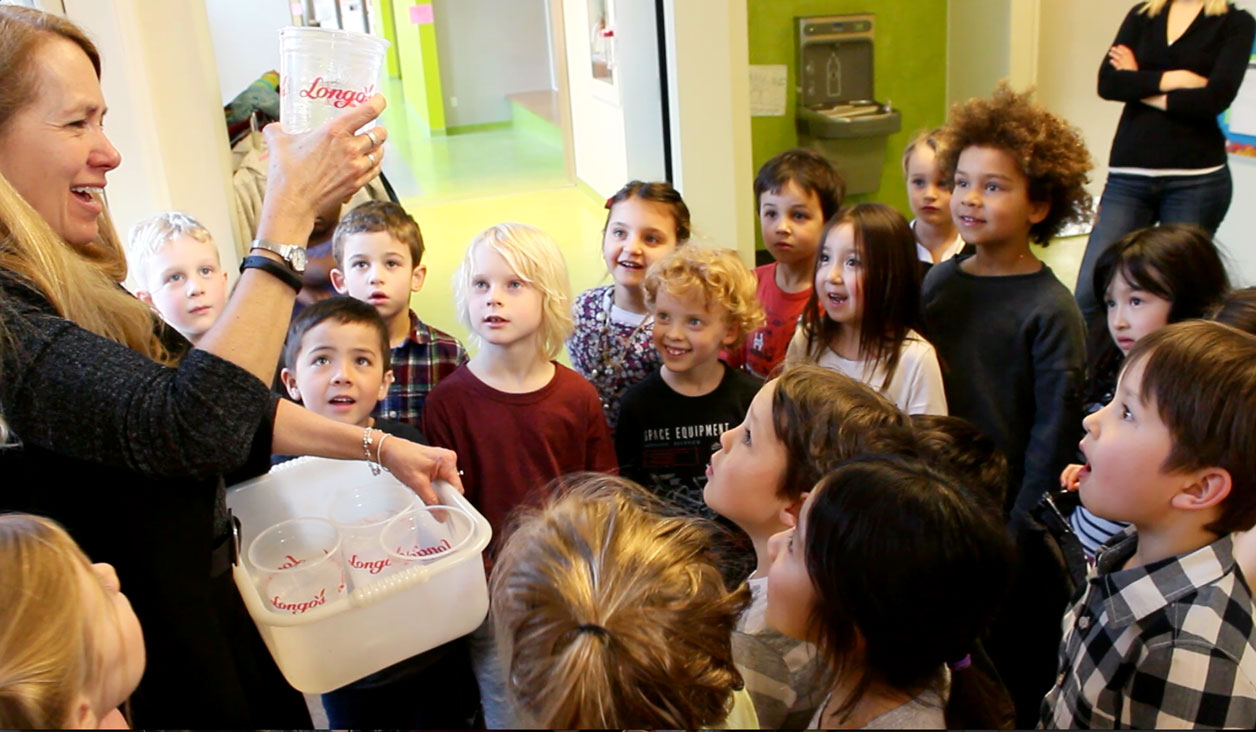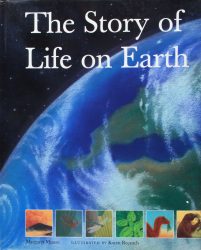
Grade One Teacher Zoe Donoahue is leading her students on an inquiry into water and she is sharing the journey with The Robertson Program. Water provides many paths to learning, including earth sciences, chemistry, geology and biology.
Zoe’s class began its year by investigating the origins of our food. This led to research on the earth, including the equator, continents, oceans and Great Lakes. They also learned the earth’s surface is comprised mostly of water.
Beginning the Inquiry: Knowledge Building with an Engaging Question
Zoe Donoahue talks about the importance of choosing a good question to begin an inquiry.
The Grade One class at the Dr. Eric Jackman Institute of Child Study began its water inquiry by wondering how water first appeared on the earth.
“I always try to start with a question that is really meaty. Where did the water come from? How did it get on the earth?” Zoe says. “It’s not a question that you could just look up.”
This starting point allowed the children to explore concepts beyond water, such how the earth is composed outward from its centre.
An example Knowledge Building Circle
Watch as Zoe Donoahue guides her students in a discussion on what is at the centre of the earth
Science discussion: Opportunity for student voice to be heard
Zoe Donoahue explains what she considers when she’s facilitating a discussion with her students.
As the Grade One students were exploring the origins of earth’s water, they became intrigued with how the earth first came to be. Zoe introduced her class to a book called, The Story of Life on Earth. “It’s this beautiful picture book that takes you right back to the beginning,” she says.
In this first example of how books can be a way to engage students, Zoe shares what she is considering as she facilitates discussion with her students.

Books: Engaging students, ensuring comprehension
With footage from her classroom, JICS Teacher Zoe Donoahue explains how she engages her students by reading books as a group
The Grade One investigation soon led to how the planet is constructed. The students had some basic knowledge of what is at the centre of the earth because of a project they did in kindergarten. So, Zoe brought in another book to help the students further understand what can be found beneath their feet.
In this second example of how books can be used to engage students in inquiry-based learning, Zoe shares how she navigates the information presented so that it is student-friendly.
Drawing: Assessing student comprehension in inquiry-based learning
Zoe Donoahue explains how she uses drawing in her classroom to assess student understanding.
Discussion in the class soon moved to the different states of water and the water cycle. To visualize how water transitions from one state to another, the class conducted a “kettle experiment” where they watched the water evaporate.
The activity provided opportunity for students to share their ideas.
“It was so interesting to hear where they thought water vapour is going,” Zoe says. “Can evaporation happen inside? Could there be a cloud in the classroom? Could steam go out the window and make a cloud? But the window is closed – could it sneak out?”
In order to determine how well the students understood the water cycle, Zoe asked the class to draw the water cycle. In the video example, see what Zoe was looking for in her students’ drawings, as well as how she engaged the class in a discussion about the water cycle.
Insight on Inquiry
Zoe Donoahue discusses how she guides student learning in an inquiry-based classroom.

